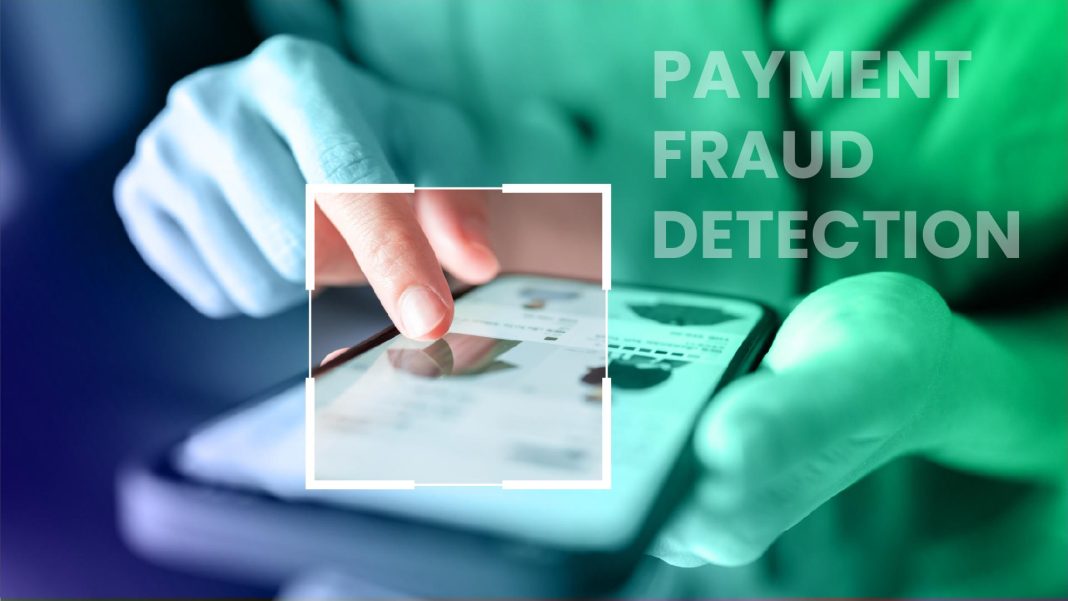In today’s fast-paced business landscape, where every transaction and decision is just a click away, the specter of fraud looms larger than ever. It’s not just a threat to the bottom line; it’s a corrosive force that can erode trust, tarnish reputations, and dismantle years of hard-earned success. Yet, amid this daunting challenge lies an opportunity for organizations to transform their approach to risk management. By fostering a culture of fraud prevention, businesses can not only safeguard their assets but also cultivate an environment of integrity and accountability. This article delves into the strategic steps and innovative practices that can empower your organization to become a fortress against fraud, ensuring resilience and trust in an era where vigilance is paramount.
Fostering Ethical Leadership and Accountability
In cultivating a robust culture of fraud prevention, the role of ethical leadership and accountability cannot be overstated. Leaders must set the tone from the top, embodying the principles they wish to see reflected throughout the organization. This begins with establishing clear ethical guidelines and ensuring they are communicated effectively to all employees. Transparency in decision-making processes and open communication channels are crucial in fostering an environment where ethical behavior is the norm. Leaders should regularly engage in training and discussions that reinforce the importance of ethics and accountability, ensuring these values are woven into the fabric of the organization’s culture.
- Lead by Example: Demonstrate integrity in every action and decision.
- Establish Clear Policies: Develop and communicate a comprehensive code of ethics.
- Encourage Open Dialogue: Create safe spaces for employees to voice concerns without fear of retribution.
- Implement Regular Training: Conduct ongoing workshops and seminars to keep ethical practices at the forefront.
- Hold Everyone Accountable: Ensure that all levels of the organization are held to the same ethical standards.
By embedding these practices into the organizational ethos, companies not only mitigate the risk of fraud but also cultivate a culture where trust and integrity are paramount. This commitment to ethical leadership and accountability serves as a beacon, guiding the organization towards sustainable success and resilience against fraudulent activities.
Implementing Robust Internal Controls and Monitoring Systems
To effectively cultivate a culture of fraud prevention, it’s imperative to establish and maintain robust internal controls and monitoring systems. These systems act as the backbone of your organization’s defense against fraudulent activities. By implementing a comprehensive set of internal controls, you ensure that every financial transaction is subject to scrutiny, reducing the risk of unauthorized activities. Consider integrating the following elements into your control framework:
- Segregation of Duties: Ensure that no single individual has control over all aspects of any critical transaction. This division of responsibilities minimizes the risk of errors and fraud.
- Regular Audits: Conduct both scheduled and surprise audits to identify potential vulnerabilities and ensure compliance with established protocols.
- Access Controls: Implement stringent access controls to sensitive data and financial systems, ensuring only authorized personnel can perform specific actions.
- Continuous Monitoring: Utilize technology to continuously monitor transactions and system activities, flagging anomalies for further investigation.
Moreover, fostering an environment where employees feel empowered to report suspicious activities without fear of retaliation is crucial. Establishing a whistleblower policy and providing secure, anonymous reporting channels can significantly enhance your monitoring efforts. Remember, a proactive approach to internal controls and monitoring not only deters potential fraudsters but also instills confidence among stakeholders, reinforcing the integrity of your organization.
Cultivating Awareness Through Comprehensive Training Programs
To effectively build a culture of fraud prevention, organizations must invest in comprehensive training programs that emphasize awareness and vigilance. Tailored educational sessions should be designed to address the specific needs and vulnerabilities of your organization. This includes training on recognizing red flags, understanding the psychological tactics used by fraudsters, and familiarizing employees with the latest fraud prevention technologies.
- Interactive Workshops: Engage employees with real-world scenarios and role-playing exercises to reinforce learning.
- Regular Updates: Keep your team informed about the latest fraud trends and techniques through newsletters and webinars.
- Cross-Departmental Training: Encourage collaboration and communication between departments to foster a unified approach to fraud prevention.
By cultivating an environment where every team member feels responsible for safeguarding the organization, you not only protect your assets but also empower your workforce to act as the first line of defense against fraud.
Encouraging Open Communication and Whistleblower Protection
Fostering an environment where employees feel safe to speak up is pivotal in cultivating a culture that actively prevents fraud. Open communication channels must be established, ensuring that every team member knows their voice is valued and heard. Encourage transparency by implementing regular feedback sessions and creating platforms where employees can share their concerns without fear of retaliation. Consider adopting an open-door policy where leadership is accessible and approachable, reinforcing the notion that every concern is significant.
Equally crucial is the protection of whistleblowers. To achieve this, develop a robust whistleblower protection policy that guarantees anonymity and shields individuals from any adverse consequences. Implement secure reporting systems, such as anonymous hotlines or digital platforms, to empower employees to report unethical behavior confidently. Training sessions can further educate staff on the importance of reporting misconduct and the procedures in place to protect them. By prioritizing these measures, organizations can deter fraudulent activities and reinforce a culture of integrity and trust.





